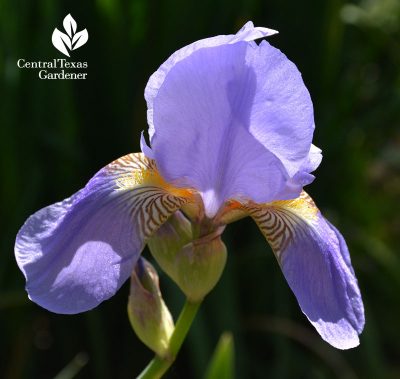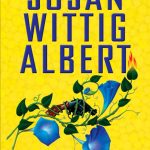Psychoactive Plants

Used with care and in the proper context, many drug plants do confer advantages on the creatures that consume them–fiddling with one’s brain chemistry can be very useful indeed. The relief of pain, a blessing of many psychoactive plants, is only the most obvious example. Plant stimulants, such as coffee, coca, and khat, help people to concentrate and work. . . . There are psychoactive plants that uncork inhibitions, quicken the sex drive, muffle or fire aggression, and smooth the waters of social life. Still others relieve stress, help people sleep or stay awake, and allow them to withstand misery or boredom. All these plants are, at least potentially, mental tools: people who know how to use them properly may be able to cope with everyday life better than those who don’t.
Michael Pollan
The Botany of Desire:
A Plant’s-Eye View of the World
Plants that wake us up (energetic)
- Coffee (the ‘gamboling goat’ legend; recent research indicates stroke/prostate cancer protection, 12,000 tons of caffeine consumed annually. Plants evolved caffeine as a protection against insects)
- Tea (one of the plants that fueled Britain’s mighty empire–the other was opium, see below; the ‘napping monk’ legend: founder of Zen, Daruma, fell asleep while meditating, cut off his eyelids, where they fell, tea plant grew)
- Yaupon holly (the only native North American plant that contains caffeine)
- Cocoa (Theobroma cocao, chemical theobromine)
- Chili peppers (Capsicum) also a euphoriant–release of endorphins
Plants that put us to sleep (soporific, anesthetic)
- Lavender
- Dill
- Opium poppy. Valuable narcotic. Opium Wars. Laudanum addicts Mary Todd Lincoln, Queen Victoria, Samuel Taylor Coleridge. Given to infants
- Catnip (soporific for humans, euphoriant for felines)
Plants that make us high (euphoriant, hallucinogenic)
- Morning glory
- Salvia divinorum
- Coca. Considered as divine by Incas, chewed by the Aztecs to relieve stress/boredom of work. Distances were measured by the number of stops required to maintain dose level. Cocaine was hailed as a miracle: S. Freud, et al. Recognized as being able to “fortify” soldiers (Germany, 1880s) Anesthetic properties documented (1884).
Major ingredient in popular drinks: Coca-Cola (removed 1906). Even Sherlock Holmes was a “user.” - Tobacco (also a stimulant, creates feelings of relaxation)
- Marijuana (Cannabis sativa)
categories:
tags:
related:

 Susan Wittig Albert
Susan Wittig Albert